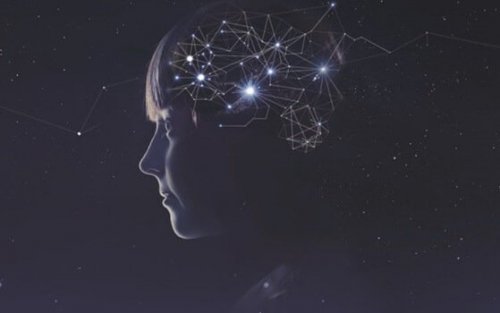BAR-ILAN UNIVERSITY

Summary: Consciousness can not simply be reduced to neural activity alone, researchers say. A novel study reports the dynamics of consciousness may be understood by a newly developed conceptual and mathematical framework.
How do 1.4 kg of brain tissue create thoughts, feelings, mental images, and an inner world?
The ability of the brain to create consciousness has baffled some for millennia. The mystery of consciousness lies in the fact that each of us has subjectivity, something that is like to sense, feel and think.
In contrast to being under anesthesia or in a dreamless deep sleep, while we’re awake we don’t “live in the dark” — we experience the world and ourselves. But how the brain creates the conscious experience and what area of the brain is responsible for this remains a mystery.
According to Dr. Nir Lahav, a physicist from Bar-Ilan University in Israel, “This is quite a mystery since it seems that our conscious experience cannot arise from the brain, and in fact, cannot arise from any physical process.”
As strange as it sounds, the conscious experience in our brain, cannot be found or reduced to some neural activity.
“Think about it this way,” says Dr. Zakaria Neemeh, a philosopher from the University of Memphis, “when I feel happiness, my brain will create a distinctive pattern of complex neural activity. This neural pattern will perfectly correlate with my conscious feeling of happiness, but it is not my actual feeling. It is just a neural pattern that represents my happiness. That’s why a scientist looking at my brain and seeing this pattern should ask me what I feel, because the pattern is not the feeling itself, just a representation of it.”
As a result, we can’t reduce the conscious experience of what we sense, feel and think to any brain activity. We can just find correlations to these experiences.
After more than 100 years of neuroscience we have very good evidence that the brain is responsible for the creation of our conscious abilities. So how could it be that these conscious experiences can’t be found anywhere in the brain (or in the body) and can’t be reduced to any neural complex activity?
This mystery is known as the hard problem of consciousness. It is such a difficult problem that until a couple of decades ago only philosophers discussed it and even today, although we have made huge progress in our understanding of the neuroscientific basis of consciousness, still there is no adequate theory that explains what consciousness is and how to solve this hard problem.
Dr. Lahav and Dr. Neemeh recently published a new physical theory in the journal Frontiers in Psychology that claims to solve the hard problem of consciousness in a purely physical way.
According to the authors, when we change our assumption about consciousness and assume that it is a relativistic phenomenon, the mystery of consciousness naturally dissolves. In the paper the researchers developed a conceptual and mathematical framework to understand consciousness from a relativistic point of view.
Neuroscience News for more
